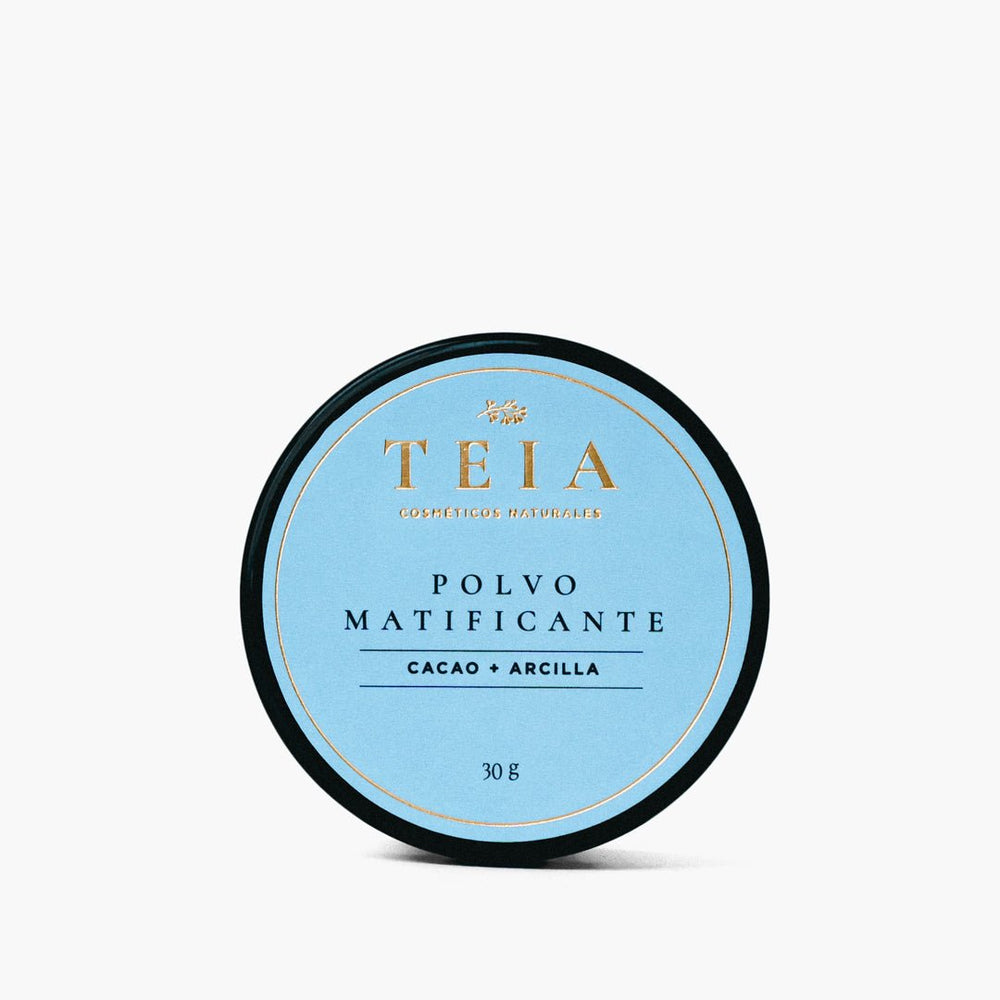
Organic cosmetics have gained momentum as people seek beauty routines that respect their health and the planet. Throughout this article, you'll discover the environmental impact of cosmetics and why choosing natural ingredients and sustainable processes can make a difference.
5 main reasons why natural cosmetics are more environmentally friendly
- Biodegradable ingredients: decompose without leaving toxins, reducing water pollution.
- Responsible sourcing: Fair trade raw materials that protect ecosystems and communities.
- Low-energy processes: use of green chemistry and renewable energy in manufacturing.
- Reusable or compostable packaging: recyclable glass and refillable containers that reduce plastic waste.
- Strict certifications: Seals such as COSMOS or EWG Verified guarantee environmental standards.
Differences between natural and conventional cosmetics
Conventional cosmetics often use petroleum derivatives and synthetic fragrances that increase their carbon footprint. In contrast, natural products prioritize sustainable ingredients and biodegradable packaging for skincare , minimizing waste from design to end-of-life.
Ingredients and sustainable sourcing
Selecting vegetable oils, botanical extracts, and waxes from organic crops reduces crop-related emissions by up to 60% compared to intensive monocultures, according to COSMOS data.
Low-impact manufacturing processes
Green laboratories apply cold or low-temperature technologies and recirculate process water, achieving savings of 30% in energy and 25% in water consumption.
Packaging and waste
Opting for glass or compostable bioplastic packaging can reduce post-consumer plastic waste by 40%. Additionally, refill programs extend the packaging's lifecycle.
| Guy | Material | End of life | CO₂ footprint* (g) |
|---|---|---|---|
| Conventional | Virgin plastic | Limited disposal or recycling | 120 |
| Natural | Recyclable glass | Infinitely reusable/recyclable | 60 |
*Average values per 50 ml container.
Cruelty Free and Biodiversity
Cruelty-free cosmetics avoid animal testing and promote in vitro alternatives, helping to preserve biodiversity and avoiding the exploitation of vulnerable species.
Environmental impacts of conventional cosmetics
- Microplastics that accumulate in oceans and affect marine fauna.
- CO₂ emissions from the synthesis of silicones and petrochemical derivatives.
- Single-use packaging waste clogging landfills.
What makes a cosmetic ecological?
A cosmetic is considered eco-friendly when it combines biodegradable ingredients, low-energy production processes, recyclable or reusable packaging, and independent certifications verifying its reduced environmental impact.
Are natural products more expensive?
Although the initial cost is often higher due to premium ingredients and ethical production, the use of concentrated formulas and refillable bottles pays off in the long run. Furthermore, the price reflects better conditions for farmers and a lower environmental burden.
How to identify truly sustainable products
Look for seals like COSMOS Organic , EWG Verified , and PETA Beauty Without Bunnies. Check the INCI on the label, avoid synthetic fragrances, and confirm that the packaging is minimal and recyclable. Check out resources like our article on clean beauty to learn more.
Responsible consumption tips
- Apply minimalist routines: fewer, better formulated products.
- Store in cool places to prolong shelf life.
- Sort packaging and participate in take-back programs.
Choosing natural cosmetics reduces your environmental footprint and supports ethical practices throughout the value chain. Explore TEIA's collection of natural and sustainable cosmetics and be part of the change.








